We've found 318 matches for your search. Order by
Results
-
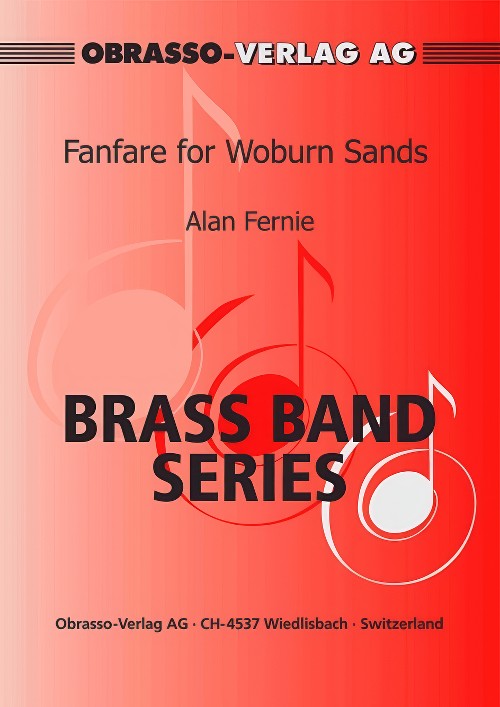 £56.00
£56.00Fanfare for Woburn Sands (Brass Band - Score and Parts) - Fernie, Alan
Concert Opener
Estimated dispatch 7-14 working days
-
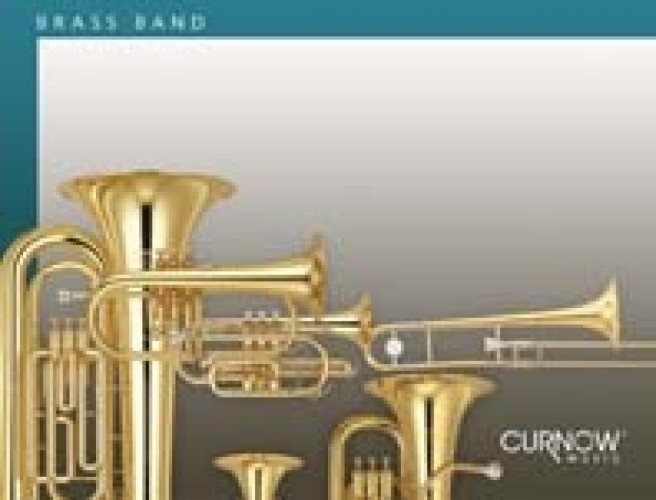 £47.50
£47.50Fanfare of the Bells (Brass Band - Score and Parts) - Gordon, William
Duration: 2.30
Estimated dispatch 7-14 working days
-
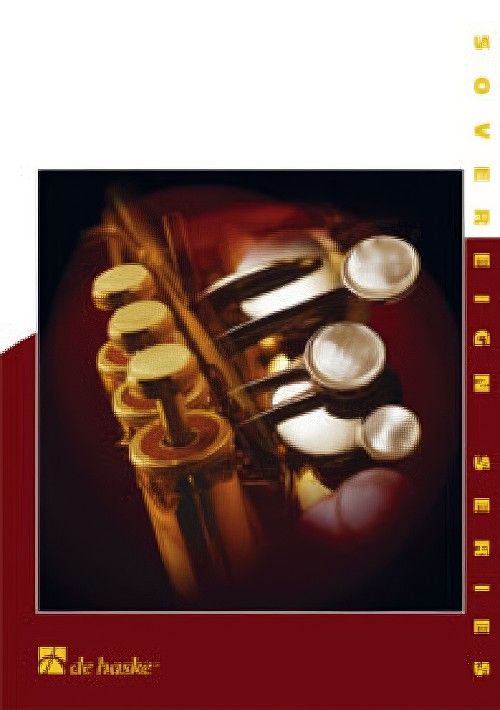 £60.99
£60.99Fanfare for a Jubilee (Brass Band - Score and Parts) - Hadermann, Jan
Duration: 4.15
Estimated dispatch 7-14 working days
-
 £60.99
£60.99Fanfare and Anthem (Brass Band - Score and Parts) - Purcell, Henry - De Haan, Jan
Duration: 4:30
Estimated dispatch 7-14 working days
-
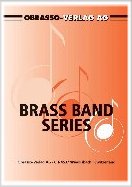 £54.20
£54.20 -
 £47.60
£47.60FANFARE AND PRELUDE (Brass Band) - Barry, Darrol
Grade: Medium.
Estimated dispatch 7-14 working days
-
 £37.95
£37.95FANFARE AND SOLILOQUY (Brass Band) - Sharpe, Trevor Lee
Estimated dispatch 7-14 working days
-
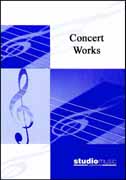 £37.95
£37.95FANFARE FOR A FESTIVAL (Brass Band) - Arnold, Malcolm - Sparke, Philip
Estimated dispatch 7-14 working days
-
 £47.60
£47.60 -
 £75.90
£75.90FANFARE FROM SINFONIETTA (Brass Band) - Janacek, Leos - Hume, Rob J.
Recorded on CD948 Spectacular Classics Vol.8. Grade: Medium.
Estimated dispatch 7-14 working days
